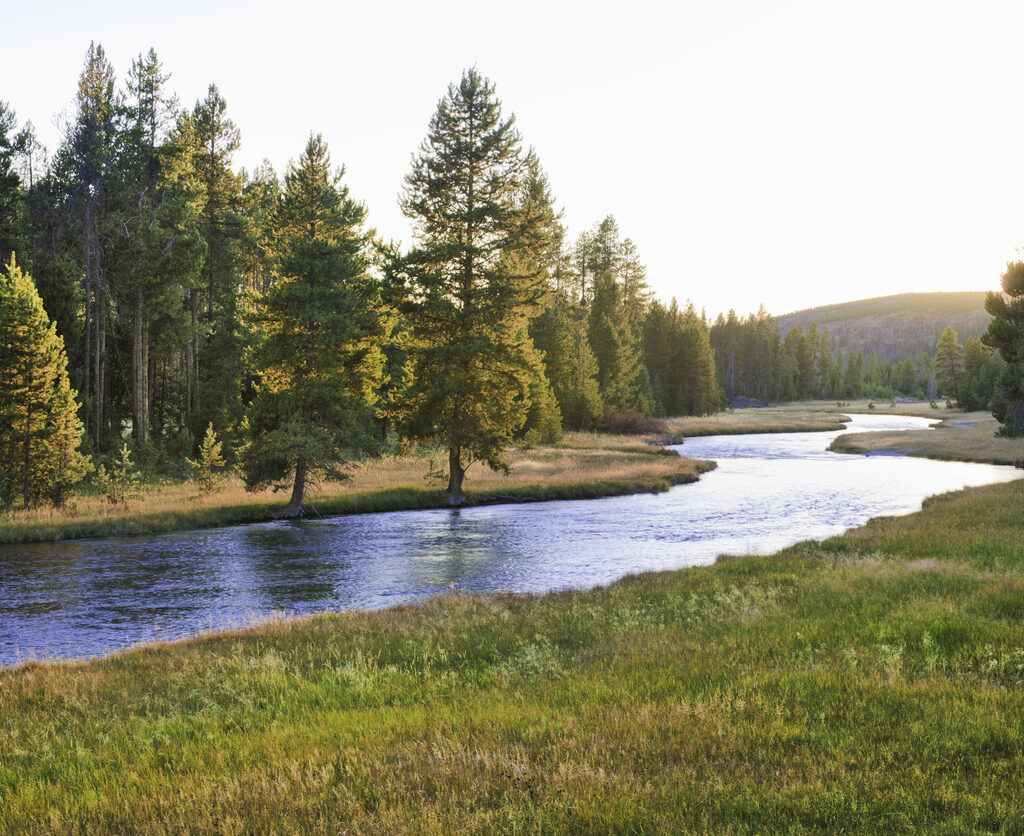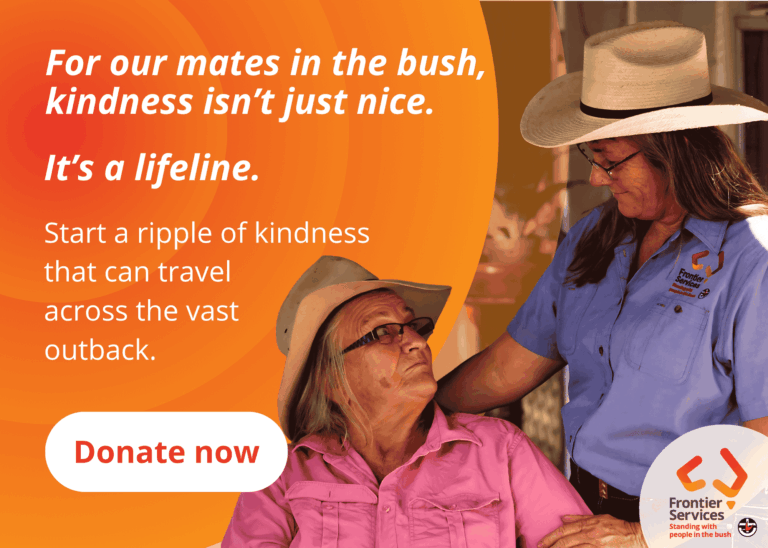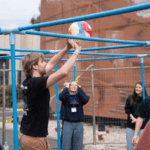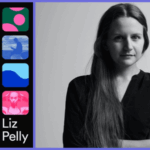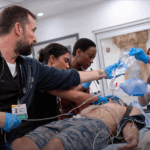Reviews: Regeneration: ending the climate crisis in one generation, Paul Hawken | Movement: how to take back our streets and transform our lives, Thalia Verkade and Marco te Brommelstroet
Awareness of pollution, loss of biodiversity, and other ecological perils is important, but it can feel overwhelming at times. It’s no wonder that younger people feel particularly despairing, considering the world they are inheriting and the inertia over the issues that are so prominent. But there are things that can be and are being done, and Paul Hawken’s large book, detailing in chapter after chapter what the issues are and how they are being tackled, is a compendium of hope.
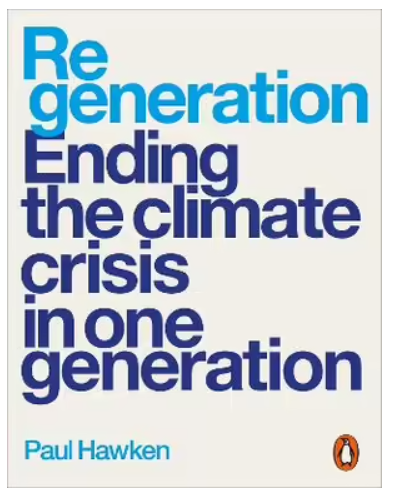
Action is needed by everyone, locally and globally. To fix the future we need to address the present, and there is momentum for fixing a myriad of linked problems – pollution, unsustainability of energy, species loss, dispossession, poverty, warming climate. An Amazonian woman in Hawken’s book adds that all these things create ‘spiritual poverty’, and fixing problems can only mean increased spiritual richness. Hawken writes that there has been too much focus on a misinterpretation of Darwin – our competitiveness – but recognition of our connectedness to the non-human world, as well as curbing our hubris and individualism, allows us to focus on cooperation. Better care of the earth inarguably equals better care of humans.
The book builds on the regeneration.org website where, as you scroll down, the screen fills with images of sky, mountains, rivers, forests, grasslands, farmland, green cities and reefs. In one chapter Hawken writes about the wolf in Yellowstone, and how small changes can cascade through ecosystems. He writes that we are separated from nature, but it is better to say we are nature, powerful but not above it. Recognition of this is the first step.
Reducing fossil fuel use is key for climate, and Hawken and co-authors write about ways to sequester carbon by protecting forests, saltmarshes, grasslands and the ocean floor. But the issues are broader than this. There are chapters about the power of seaweed and azolla fern for food security, literally fighting fire with fire with Indigenous burning techniques, how the education of women helps farming and reduces poverty, how creating green cities can feed us and reduce the crisis in declining pollinating insects.
At a high level, action is needed in the political, agricultural and consumerist spheres. But we can do things at an individual level – buy things out of need not fashion, avoid investments in the fossil fuel and war industries, use locally made products, encourage change rather than the status quo.
In Nigeria, 50 percent of farmland has been regenerated through agroforestry. Kenya banned the plastic bag. There are initiatives for creating city gardens in marginalised neighbourhoods. Carbon-sequestering peatlands are being regenerated after the devastation of palm oil plantations. Shellfish reintroductions and restrictions on fishing are clearing waterways. Architects are planning efficient housing and office spaces and building with wood and clay over concrete (which is not renewable). And city councils are planning fifteen-minute cities where bicycling and walking are preferred, additionally helping marginalised people who can’t physically or financially drive cars.
The bike- and pedestrian-friendly city is the topic of the book from Dutch journalist Thalia Verkade, who, with Marco te Brommelstroet, asks, ‘what are our streets for?’ Are they the quickest way from A to B by car? Or are they places where we live, where our children play, where we have parties and picnics?
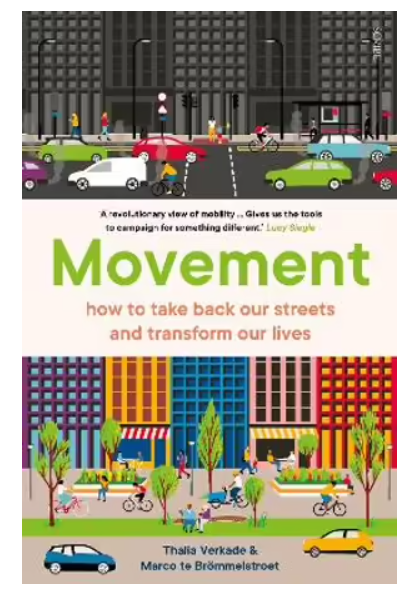
Language, writes Verkade, is a filter, and in our cities we are obsessed with ‘traffic’. But why does the term not include people walking or cycling? Why do we automatically think that it applies to cars? Why do pedestrians have to request to break the flow of car traffic to cross a road? Why isn’t it the other way around? Bike lanes are constantly criticised for retarding the flow of cars and delivery vehicles. Carparks are subsidised by city councils when this land could be put to more productive use. We are told that texting while driving kills, Verkade writes, but it’s rather that driving while texting kills. Cars are dangerous tools. And parents and children walking to school are forced to live in fear of them. Her book alerts us to the fact that cars have taken over our cities and we have more-or-less taken this for granted.
It’s perhaps further telling that in the past year in Australia, the biggest selling vehicle was the Ford Ranger, a large, American-style ute/truck. Even in Legoland, Verkade notes, the cars have become bigger and the footpaths narrower. This acceptance of the dominance of cars has further effects on the way we think about things. Cyclists, says Verkade, often tend to think like car drivers – needing to get somewhere as quickly as possible. Why do we have to move so fast? This only makes our commutes highly stressful. And we accept levels of pollution as inevitable in ‘dirty’ cities.
As our cities and freeways grow, ‘improvements’ to alleviate congestion are constantly in motion, yet the congestion doesn’t seem to ease. This is because the volume of cars just seems to fill the ever-wider roads, fed by outer suburbs that are designed exclusively for cars. (It’s like tackling obesity by loosening your belt.) But the way to reduce bottlenecks, says Verkade, is to offer alternatives to getting in the car. And the way to avoid ‘accidents’ is to plan better.
This book, rather than just describing the mess we’re in, also helpfully gives extensive advice on what is being done and what we can do, including being alert to deceptive and biased language, getting involved in community activism around access and mobility, lobbying governments and knowing that we have the power to choose.
Nick Mattiske blogs on books at coburgreviewofbooks.wordpress.com and is the illustrator of Thoughts That Feel So Big.



